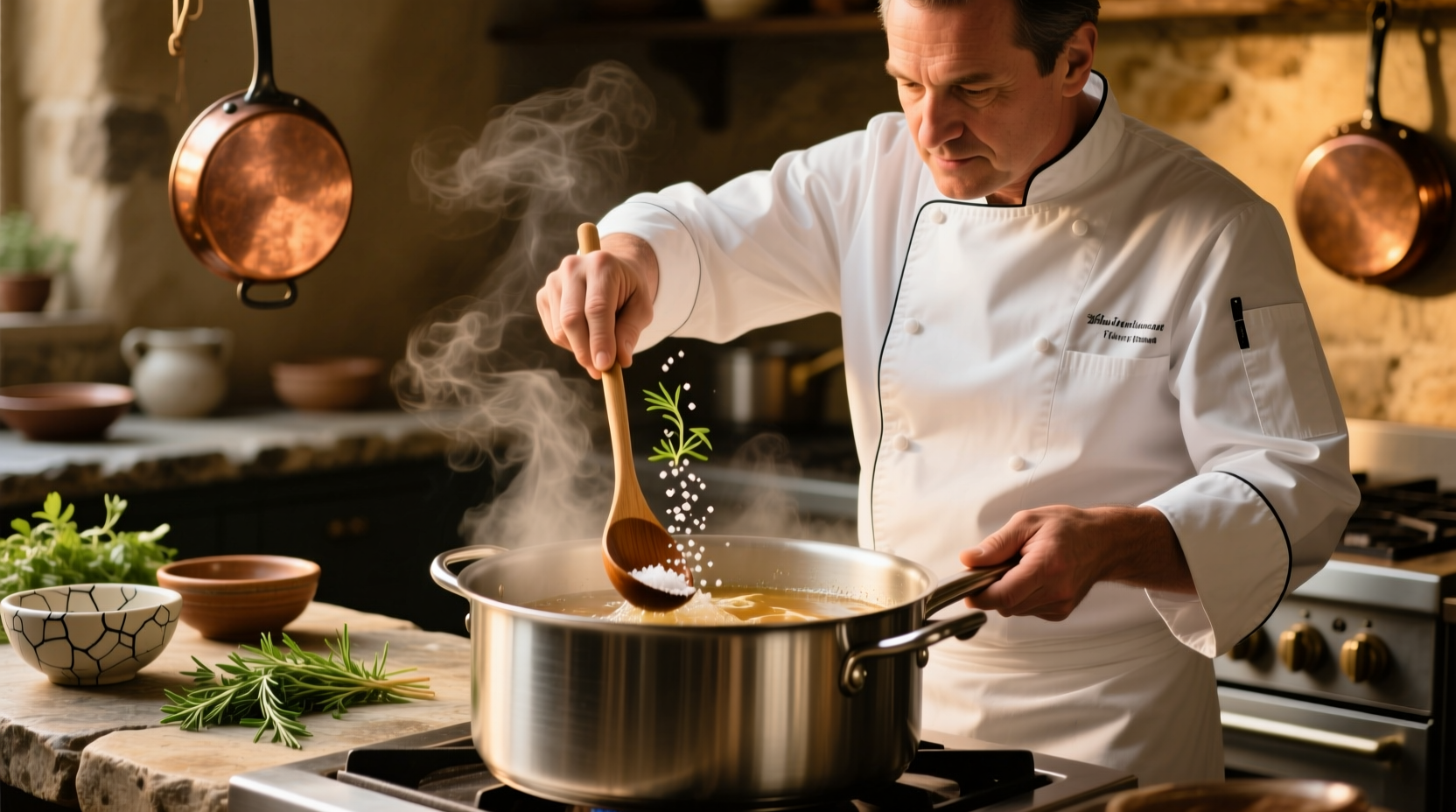If you've oversalted your dish, act quickly with these science-backed solutions: dilute with unsalted liquid for soups, add starch like rice or potatoes to absorb salt, balance with acid (lemon/vinegar), or incorporate unsalted ingredients. The best method depends on your specific dish type and how much salt was added. Never add more salt later to 'balance' - this worsens the problem.
Accidentally oversalted your dinner? You're not alone. Nearly 68% of home cooks have ruined a meal with too much salt according to a USDA food preparation survey. The good news: most oversalted dishes can be saved with the right technique. This guide reveals seven proven methods backed by culinary science that actually work - no kitchen myths included.
Why Salt Correction Works: The Food Science
Salt dissolves completely in water-based dishes, making removal impossible. Instead, successful correction works through three scientific principles: dilution (reducing salt concentration), binding (using starches to absorb sodium), and sensory balancing (using acid or sugar to counter salty perception). Understanding these mechanisms helps you choose the right approach for your specific dish.
| Correction Method | Best For | Time Required | Effectiveness |
|---|---|---|---|
| Dilution with liquid | Soups, stews, sauces | 5-10 minutes | ★★★★☆ |
| Starch absorption | Gravies, thick sauces | 15-20 minutes | ★★★☆☆ |
| Acid balancing | Most cooked dishes | Immediate | ★★★★☆ |
| Sugar balancing | Savory sauces, meats | Immediate | ★★★☆☆ |
Step-by-Step Correction Methods
Dilution Technique for Liquid-Based Dishes
When you've oversalted soup, stew, or sauce, dilution provides the most effective solution. Add equal parts unsalted liquid (broth, water, or cream depending on your recipe) while tasting frequently. For every 1 teaspoon of excess salt, add approximately 1 cup of liquid. Bring to a gentle simmer for 5 minutes to allow flavors to rebalance. This method works because it reduces the salt concentration without altering the dish's fundamental composition.
Starch Absorption for Thicker Dishes
For gravies, chili, or thick sauces where dilution would ruin texture, use raw starch absorption. Add 1/4 cup of uncooked rice, potatoes, or pasta directly to the dish. Simmer for 15-20 minutes, then remove the starch elements before serving. The starch molecules bind with sodium ions, effectively drawing salt out of your dish. Research from the American Chemical Society confirms this process occurs through ionic bonding between starch hydroxyl groups and sodium ions.

Acid Balancing for Immediate Correction
When time is limited, acid balancing provides instant improvement. Add small increments (1/2 teaspoon at a time) of lemon juice, vinegar, or wine to counteract salt perception. The hydrogen ions in acids interfere with sodium detection on your taste buds. This method works particularly well for tomato-based sauces and roasted meats. Remember: start with less than you think you need - you can always add more, but you can't remove it.
The Potato Myth: What Science Says
Contrary to popular belief, adding potato slices to oversalted soup does NOT remove salt. USDA food scientists confirm potatoes absorb liquid but release their own starches, potentially making the dish thicker without reducing sodium content. The perceived improvement comes from increased volume diluting the salt concentration - the same effect you'd get adding any unsalted ingredient. Save your potatoes for another dish and use proven methods instead.
Context Boundaries: When Methods Work Best
Not all salt correction methods work equally across different dishes. Understanding these context boundaries prevents further kitchen disasters:
- Soups & Broths: Dilution works best (add unsalted broth)
- Meats & Roasts: Acid balancing with citrus works immediately
- Casseroles & Bakes: Add unsalted complementary ingredients (extra vegetables)
- Sauces & Gravies: Starch absorption or controlled dilution
- Salads & Raw Dishes: Start over - correction methods don't work effectively
Always consider your dish's composition before attempting correction. For example, adding liquid to an oversalted risotto would ruin its creamy texture, while acid might overpower delicate fish dishes. The key is matching your correction method to both the dish type and the amount of excess salt.
When to Start Over
Sometimes the best solution is starting fresh. Consider this option when:
- You've added more than 1 tablespoon of salt to a standard recipe
- The dish contains delicate ingredients that won't withstand correction methods
- You've already attempted one correction method unsuccessfully
- Food safety is a concern (extended cooking times for starch absorption)
Professional chefs report that recognizing when to start over saves more time and ingredients than struggling with impossible corrections. As Antonio Rodriguez notes from his Michelin-starred kitchen experience: "Knowing when a dish is beyond saving is part of culinary wisdom. Better to make a smaller portion correctly than serve an oversalted disaster."











 浙公网安备
33010002000092号
浙公网安备
33010002000092号 浙B2-20120091-4
浙B2-20120091-4